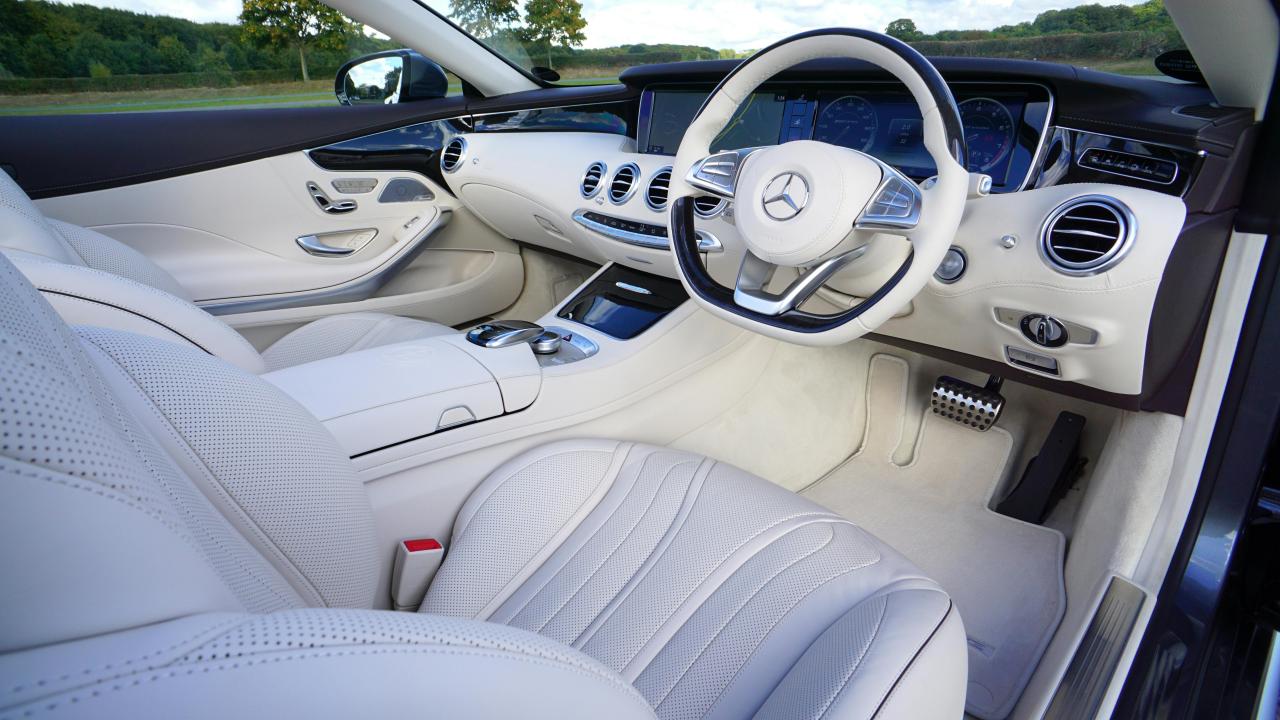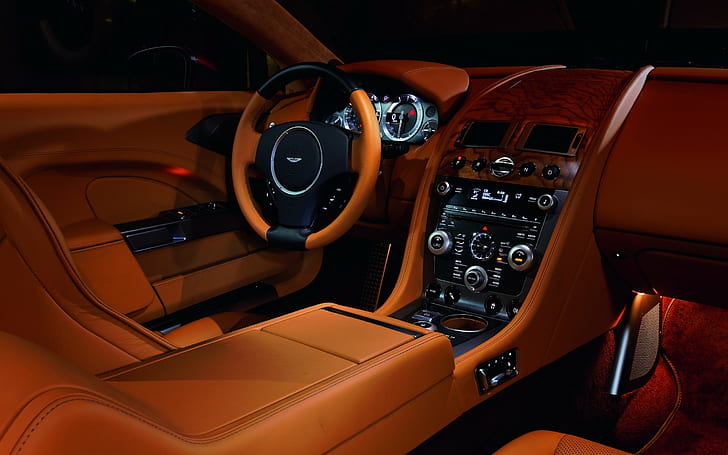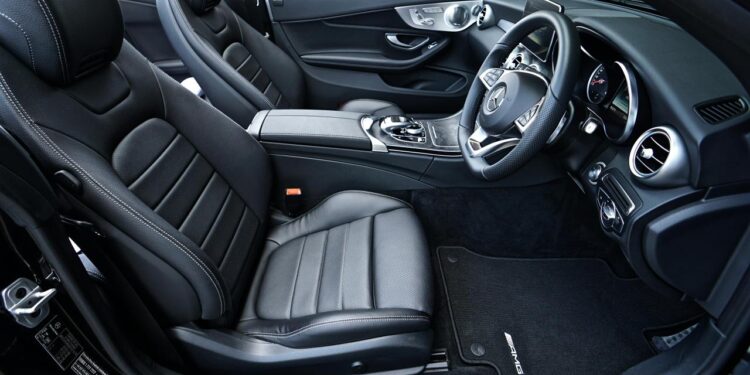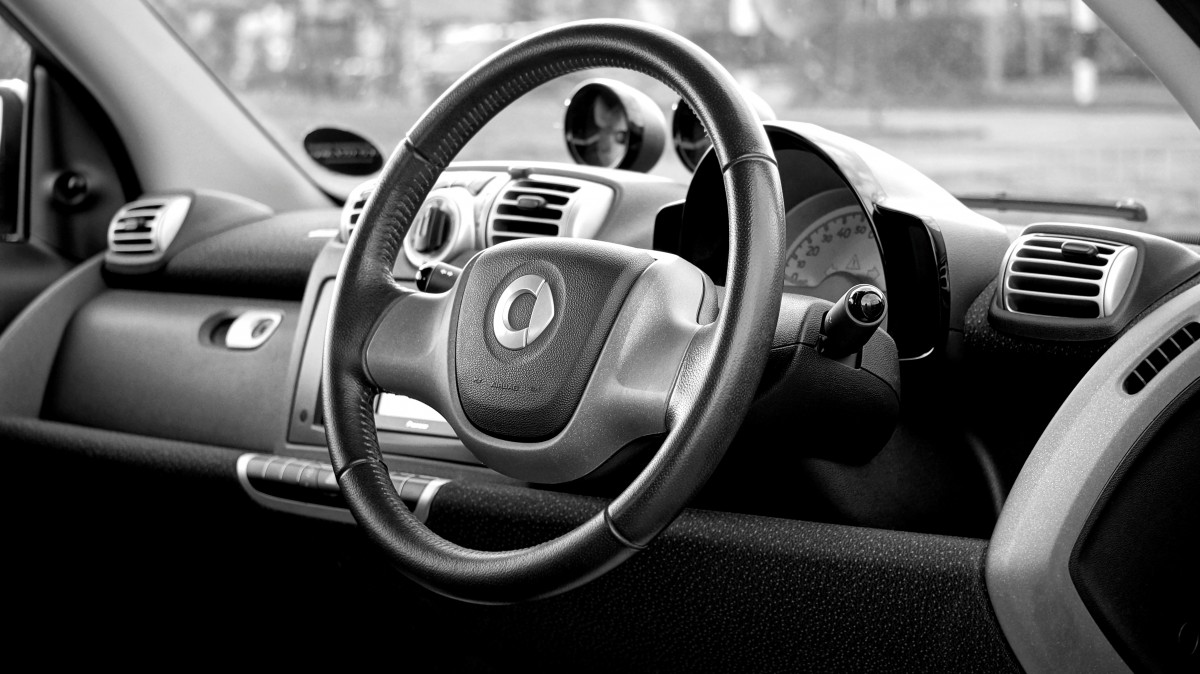Introduction: The Critical Role of Interior Aesthetics
When a vehicle is presented to a potential buyer or a dealership appraiser, the interior’s condition often outweighs the exterior’s appearance as the most crucial factor in determining the final resale value. While exterior paint can be easily fixed and mechanical issues can be quantified, a car’s interior serves as a direct, undeniable record of its usage, care, and overall maintenance history.
A clean, well-maintained, and aesthetically modern interior signals to the appraiser that the previous owner was meticulous and responsible. This translates into a lower perceived risk of hidden mechanical neglect. Conversely, an interior marred by stains, lingering odors, and outdated technology instantly anchors the vehicle’s value at a lower price point.
The good news for sellers is that many high-impact interior improvements that significantly boost appraisal value are neither costly nor complicated. They require strategic focus on key areas that are easily noticed and cheaply rectified.
These simple upgrades—which include eliminating odors, enhancing minor technology features, and restoring surface materials—offer one of the highest returns on investment (ROI) of any pre-sale preparation. By addressing the common signs of wear, such as damaged floor mats or cloudy headliners, the seller effectively removes the dealer’s leverage to deduct substantial amounts from the trade-in or private sale offer.
Successfully maximizing resale value demands a targeted strategy, focusing preparation efforts on areas that appeal directly to the five senses of the buyer: sight, smell, and touch. This comprehensive guide will meticulously detail ten easy and highly effective interior hacks designed to boost your car’s resale value significantly.
We will dissect the process into four actionable phases—Deep Cleaning and Odor Elimination, Aesthetic and Material Restoration, Technology Integration, and Final Presentation—ensuring you invest your time and minimal capital where it generates the maximum possible financial return.
Phase I: Deep Cleaning and Odor Elimination (The First Impression)

The very first impression a buyer has—the moment they open the door—is determined by the car’s cleanliness and smell. These elements are non-negotiable.
A. Professional-Level Cleaning
A simple vacuuming is not enough. You must address the embedded dirt and grime that accumulates over years of use.
- Carpet and Upholstery Extraction: Rent or purchase an inexpensive carpet extractor (steamer). Use it to deep-clean the floor mats and seats, removing the embedded dirt, stains, and pet dander that regular vacuuming leaves behind. A clean carpet suggests minimal use.
- Headliner Restoration: The headliner (ceiling fabric) is easily stained. If minor marks exist, use a gentle upholstery cleaner and a microfiber towel, being careful not to soak the material. Do not use excessive liquid, as this can cause the adhesive to fail and the headliner to sag.
- Crevice Detail: Use cotton swabs, detailing brushes, and compressed air to clean out dust, crumbs, and debris from hard-to-reach areas, such as air vents, cup holders, and the seams between seat sections. These small details signal thorough maintenance.
B. Odor Neutralization (The Critical Factor)
Lingering odors, particularly from smoke, pets, or food, are the single greatest killer of resale value and can lead to massive appraisal deductions.
- Odor Source Removal: The first step is physically removing the source of the smell. This includes cleaning the upholstery and replacing cabin air filters.
- Passive Neutralization: Place an open container of baking soda or activated charcoal inside the cabin for several days to passively absorb lingering smells. This is far more effective than temporary air fresheners.
- Ozone Treatment (If Necessary): For severe smoke or mold odors, professional ozone treatment may be required. While this costs around $100-$200, it can easily boost the final resale value by five to ten times that cost.
Phase II: Aesthetic and Material Restoration

Restoring small, worn components that the driver interacts with daily has an outsized impact on the perceived quality of the entire cabin.
A. Steering Wheel and Shift Knob
These two components are touched constantly, and wear is immediately noticeable.
- Leather Conditioning: If the steering wheel or leather seats show minor drying or cracking, use a quality leather cleaner and conditioner. This restores the material’s sheen and texture, eliminating signs of neglect.
- Wheel Cover: If the steering wheel is severely worn or sticky, consider replacing it with a new, high-quality, slip-on leather cover. Ensure the stitching and color match the interior.
- Restoring Plastic/Vinyl: Use a matte finish plastic restorer (not a glossy spray) on the dashboard and door panels to remove streaks and restore the original factory look. Glossy finishes look cheap and amateur.
B. Floor Protection
Floor mats absorb the worst of daily use and are easily replaced or upgraded.
- New Floor Mats: Replace worn-out, stained, or ripped floor mats with a new, inexpensive set. Even universal mats look better than heavily stained originals. Better yet, install brand-specific, all-weather rubber mats.
- Pedal Covers: If the rubber covers on the brake and accelerator pedals are significantly worn or missing, replace them. This is a very cheap fix that signals attention to detail and safety.
C. Restoring Headlights and Lighting
A fully functioning interior lighting system suggests the electrical components are in good working order.
- Replace Fuses and Bulbs: Replace any burned-out interior lights, dome lights, or dashboard bulbs. A non-functioning light gives the impression of a deeper electrical issue.
- Sun Visor and Mirrors: Ensure the sun visors are clean and that the vanity mirror covers and lights are fully intact and functional.
Phase III: Strategic Technology Integration
Modern buyers prioritize connectivity and convenience. Minor, inexpensive technological additions can make an older car feel instantly contemporary.
A. Modernizing Connectivity
Making the car instantly usable with a modern smartphone is essential for value.
- USB Charging Ports: Install inexpensive, high-speed USB charging ports into the cigarette lighter socket. This signals that the car is ready for modern devices, which is a major convenience factor for buyers.
- Auxiliary/Bluetooth Adapter: If the car only has an auxiliary (AUX) input or a CD player, purchase and install a simple, reliable Bluetooth adapter that plugs into the AUX port. This allows the buyer to stream music instantly and gives the car a “modern audio” feature for under $30.
- Phone Mount: Purchase a simple, high-quality magnetic or cradle phone mount and install it on the dash or vent. While the buyer may remove it, it shows the seller considered modern usability.
B. Upgrading the Camera System
A simple investment in safety technology can greatly enhance the vehicle’s perceived value.
- Dash Cam Installation: Purchase and install a reliable, easy-to-use dash camera (dash cam). Ensure the wiring is neatly tucked into the headliner and door trim. This adds a valuable safety and security feature that modern buyers appreciate.
- Backup Camera (If Missing): For older vehicles lacking a screen, inexpensive aftermarket backup cameras are available that connect via Bluetooth to a rearview mirror screen or dash unit. Adding this safety feature can instantly make an older car competitive with newer models.
C. Smart Key Protection
The condition of the physical key fob affects the perception of the car’s overall electronic health.
- Fob Repair/Replacement: Replace cracked, heavily worn, or non-functional key fobs. The buyer views a broken key as a precursor to expensive electronic failures.
- New Battery: Replace the battery in all key fobs before the sale. A simple task costing a few dollars ensures the remote entry functions flawlessly, removing a minor but noticeable point of friction.
Phase IV: Final Presentation and Documentation
The final paperwork and presentation must reinforce the image of meticulous care established by the clean interior.
A. The “Showcase” Presentation
- Consolidate Documentation: Put all maintenance records, repair receipts, and any extended warranty paperwork into the binder created in Phase I. This binder is tangible proof of value and responsible ownership.
- Fresh Air Filter: Replace the engine air filter and the cabin air filter right before the final sale. This is a quick fix that ensures the air quality is pristine for the appraiser/buyer.
- Fuel and Tires: Ensure the fuel tank is at least half full and the tire pressure is set correctly. These small actions show the buyer you are handing over a vehicle that is ready to drive immediately.
B. The Negotiation Shield
The investment in the interior is your protection against price reduction.
- No Leverage: A dealership appraiser looks for flaws (scratches, stains, odors) to justify a lower offer. A pristine, detailed interior removes virtually all these easy deductions, forcing the appraiser to give an offer based on the true wholesale market value.
- Justification for Price: For a private seller, the like-new interior allows you to justify pricing your car at the higher end of the Private Party Value (PPV) spectrum.
Conclusion: Maximizing the Return on Investment
The meticulous preparation of a car’s interior offers the most accessible and highest return on investment for any seller seeking to maximize their vehicle’s resale value. This strategic effort begins with professional-level deep cleaning and odor elimination, as the first sensory impression dictates the tone of the entire appraisal. The value is further cemented by low-cost restoration of high-contact areas, such as the steering wheel and floor mats, and the integration of modern convenience features like USB ports and simple Bluetooth connectivity.
By presenting a binder of meticulously organized maintenance records, the seller provides verifiable proof of responsible ownership, removing the dealer’s leverage to deduct value based on perceived risk. Ultimately, the cumulative effect of these small, thoughtful upgrades minimizes deductions and justifies a higher price point, ensuring the seller retains the maximum possible equity in their asset.













